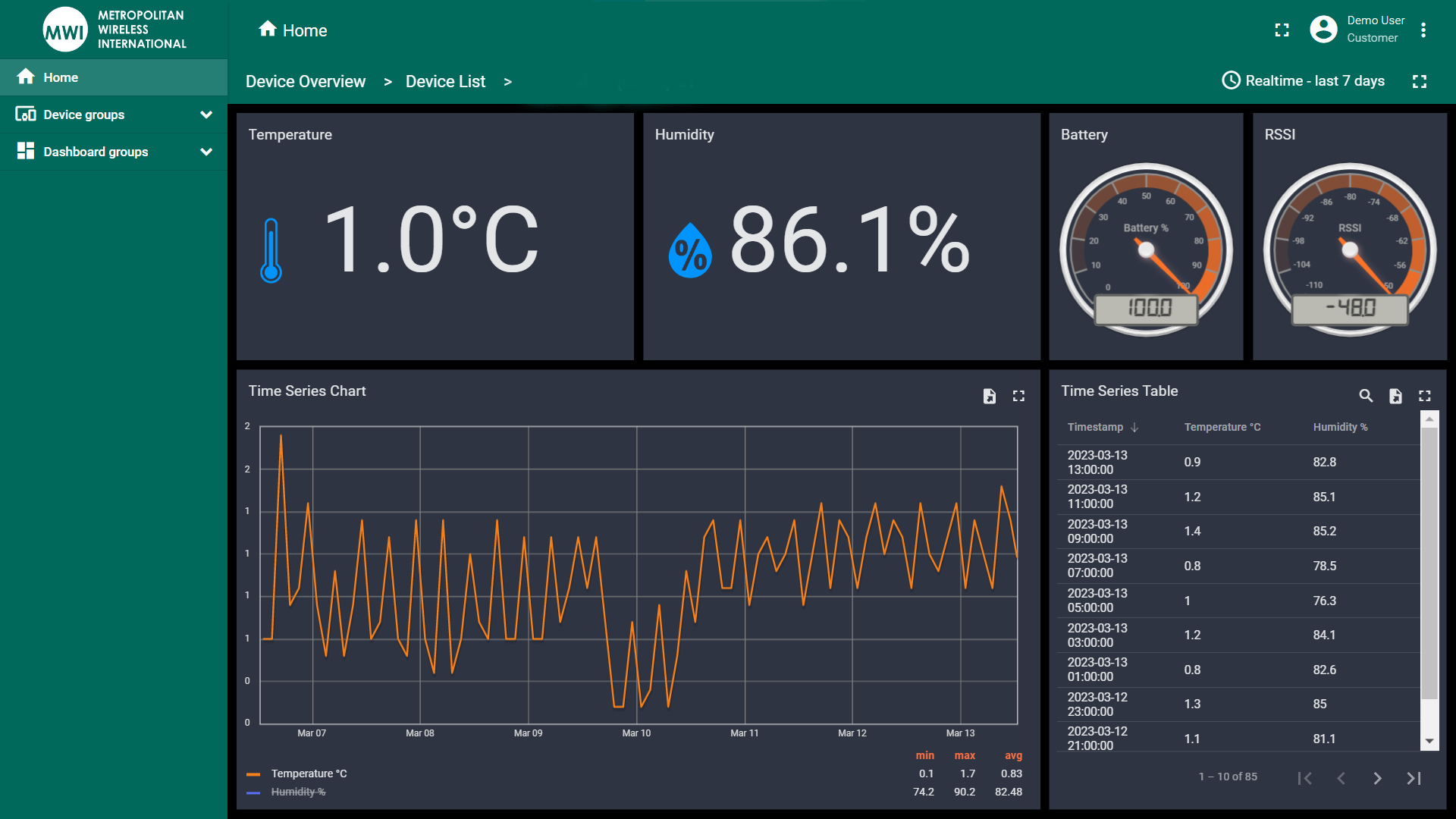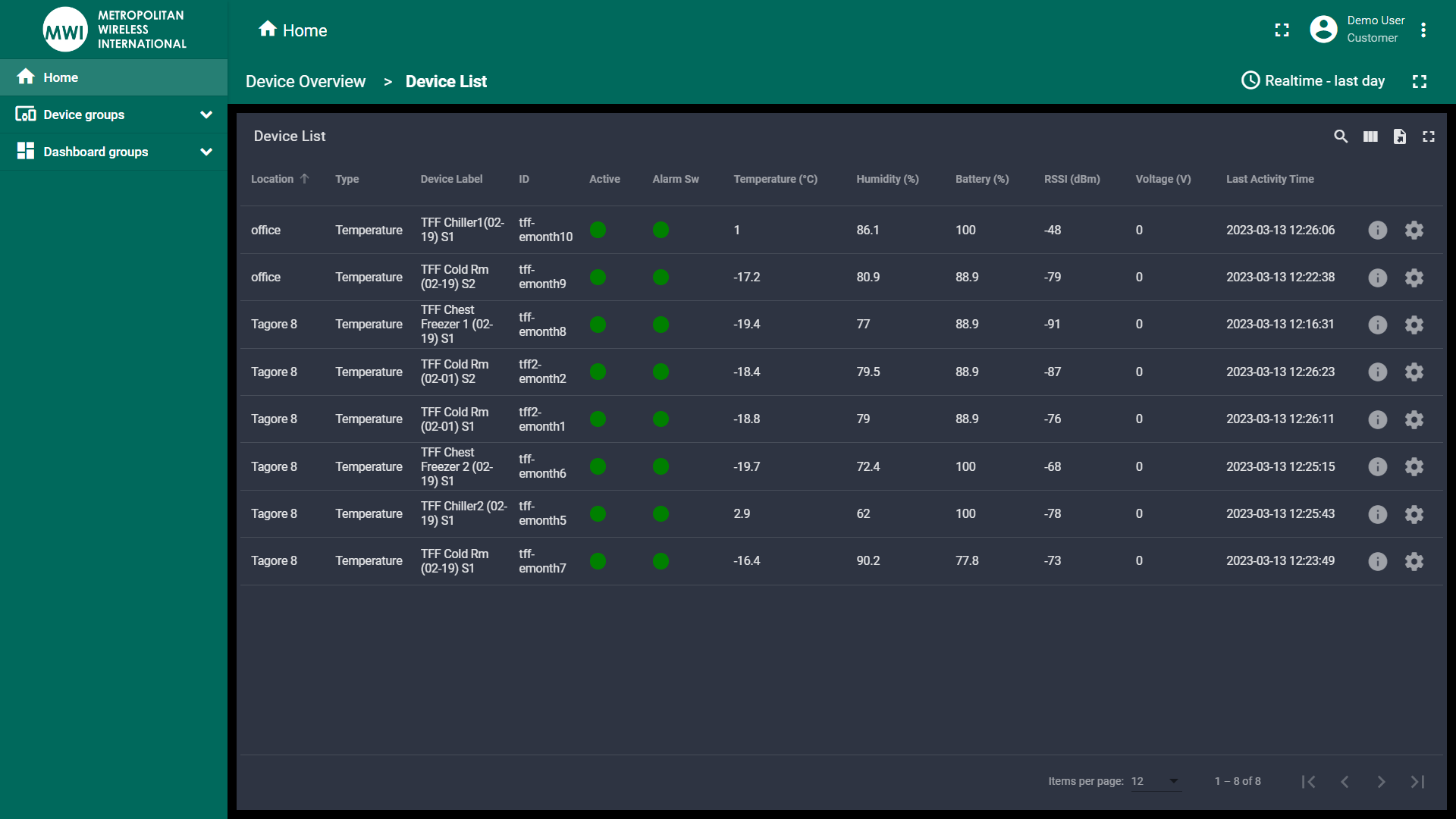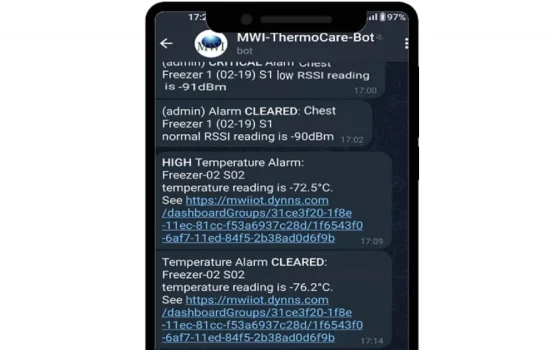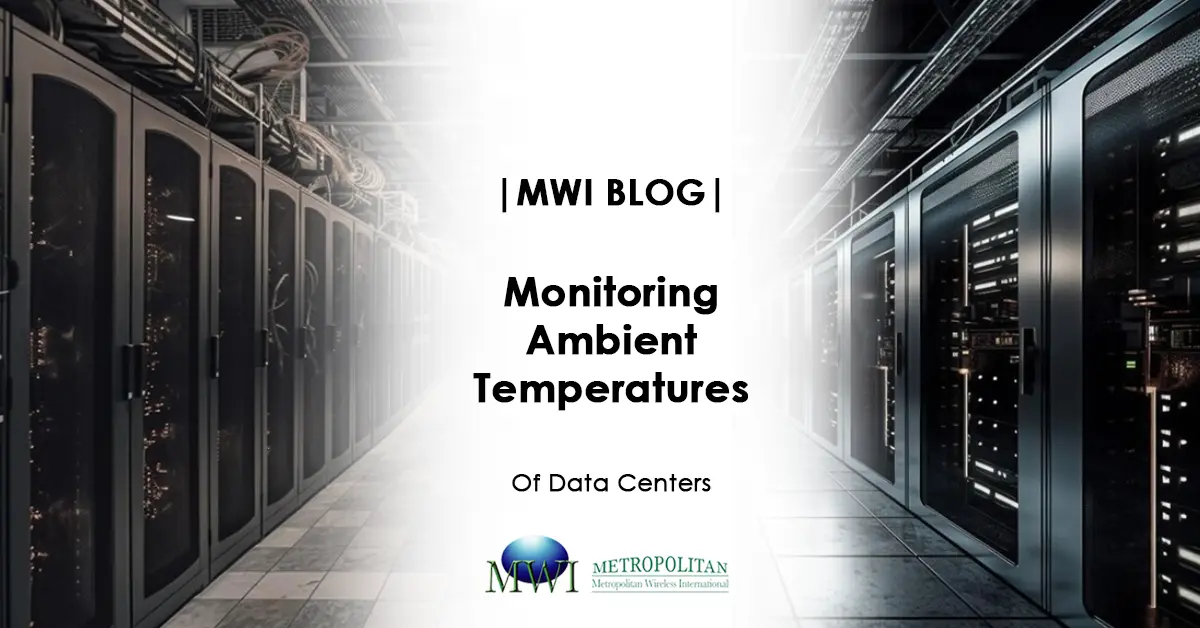Background

Why Data Centres Should Implement Ambient Temperature Monitoring
Prevent Overheating & Reduce Chances of Downtime
Data centres can get incredibly hot, and overheating can be disastrous. High ambient temperatures above recommended range causes equipment failures, data loss, and downtime. This results in service disruptions. The fear of any data center experiencing downtime is everyone’s nightmare. It affects both data center operators and individual’s using the site. Thus, monitoring temperatures is vital to keep the data center’s ambient temperature within the recommended range. With this, data center staff can proactively prevent overheating and its associated risks.
Early Issue Detection
Temperature monitoring systems do more than just react to overheating. They also play a crucial role in spotting problems before they escalate. By monitoring temperature patterns, operators can spot cooling system malfunctions or hotspots in the data center. This proactive approach empowers them to schedule maintenance and prevent issues from becoming major disruptions. This ensures smoother operations and fewer service interruptions.
Alert Notifications
A temperature monitoring system sends alerts when there are breaches of temperature thresholds. These notifications enable data center staff to address concerns and put in place corrective measures before they become critical failures. This approach ensures that the data center runs smoothly and efficiently. Thus, this minimizes the risk of costly downtime and service disruptions.
Real Time Monitoring and Troubleshooting
Temperature monitoring systems provide live data monitoring and analytics. This enables data center staff to swiftly make informed decisions. This real time monitoring also helps staff identify and resolve issues. For example, after troubleshooting to fix ambient temperature issues, staff can monitor it for further increases, which may signal unresolved problems.
Compliance & Regulation
A look into MWI's Temperature Monitoring System for Data Centres

Software Dashboard

Device List

Alert Notifications
Conclusion
With these reasons, having temperature monitoring systems in data centres is essential. They are crucial for keeping the right temperature and preventing equipment failures to ensure the data center works smoothly.
FAQs
A cooling system is crucial in data centres.


